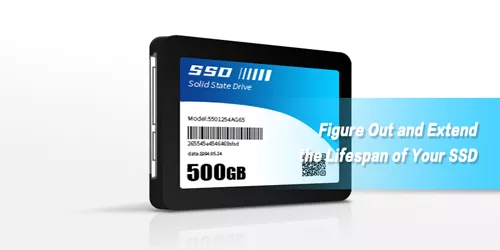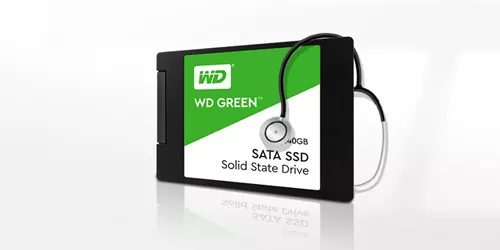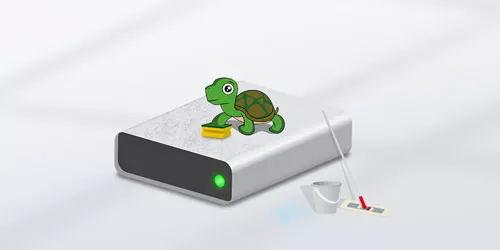Your SSD is About to Fail? Watch Out These Warning Signs
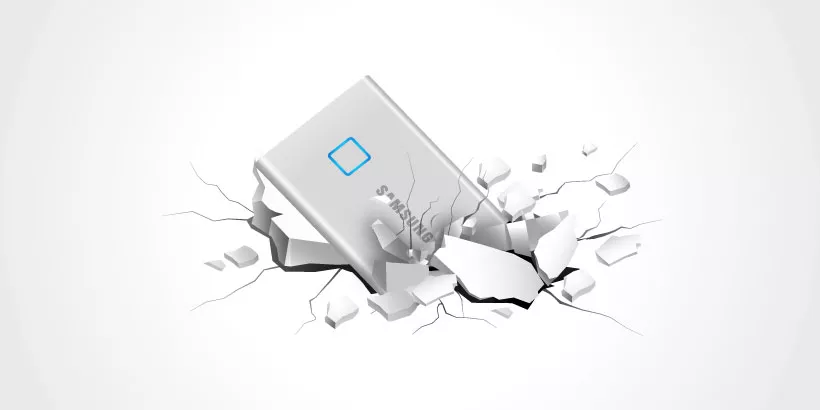
The hard drive is an indispensable storage device for our computer. A failed hard drive not only affects the operation of the computer system, but also is detrimental to the security of our data. It can be very distressing to have problems with your SSD while you don't back up your data in time. In fact, there are signs warning you before an SSD breaks down. In this post, we will discuss the five warning signs when your SSD is failing.
Why would SSD fail?
- Hardware failure, in other words, is the physical damage to the SSD, including excessive temperatures, broken SSD head within platters, loose contacting cable, serve wear of the platters and short-circuit circuit board.
- Aging drive The SSD should retire if it is out of endurance.
- Corrupt system files If the data file is unfortunately corrupted, the drive may not be accessible.
- Boot Sector breaks down Boot sector is the first sector of the drive, which is used to load the processor control and then transfer it to the operating system. Once the boot sector is damaged, the user will not be able to access the computer and any data stored on the drive.
What are the warning signs of SSD failure?
1. The number of bad blocks increases
Unlike HDDs, SSDs aren't manufactured with mechanical components, so there won't be physical bad tracks in SSDs. However, they could have bad blocks. As each flash memory cell has a limited number of erases, repeated erasures on a particular cell will accelerate the occurrence of bad blocks, and then it usually takes a very long time for the operating system to read or save a file. Once the number of bad blocks has accumulated, you may have the following problems:
- • The file cannot be read or written correctly.
- • The computer runs extremely slow.
- • Applications often freeze or crash, especially when accessing large files.
2. Files Cannot Be Read or Written
The system refuses to write data when it detects that data is about to be written to a bad block and also refuses to read data that has already been written to a bad block.
3. Your PC needs to be repaired error
You might encounter BSOD error with an error message prompting "Your PC needs to be repaired".
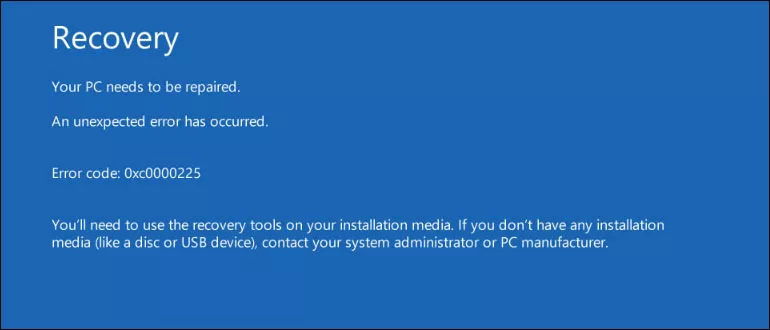
4. Frequently computer crashes at startup
If your drive is about to fail, then your system will often crash on boot and is likely to be accompanied by a blue screen of death error telling "Your PC ran into a problem and needs to restart."
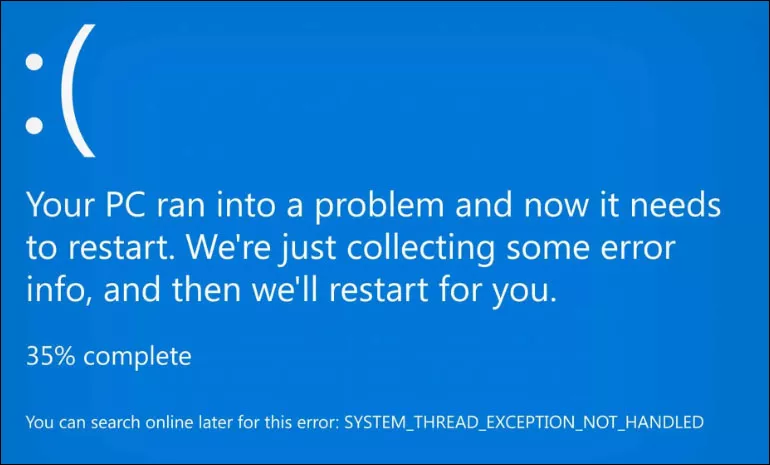
5. Your drive turns into read-only status
If you haven't manually set the disk as read-only, but the SSD suddenly refuses to write, then the SSD might come to an end.
What can I do to fix a corrupted SSD?
Hard drive malfunctions due to physical damage are difficult to repair and you may choose to contact special service to recover data from the damaged drive or send it back to the manufacturer for repair.
However, if the hard drive corruption is caused by software or system files, here are a few ways to help you fix it when the SSD is still in working condition but just not functioning properly.
1. Update SSD firmware
Step 1: Press Windows+X and select Device Manager from the context menu.
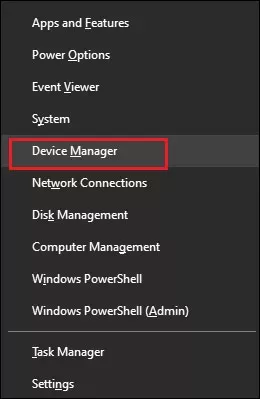
Step 2: Expand Disk drives and and select your SSD. Then right-click on it and choose Properties.
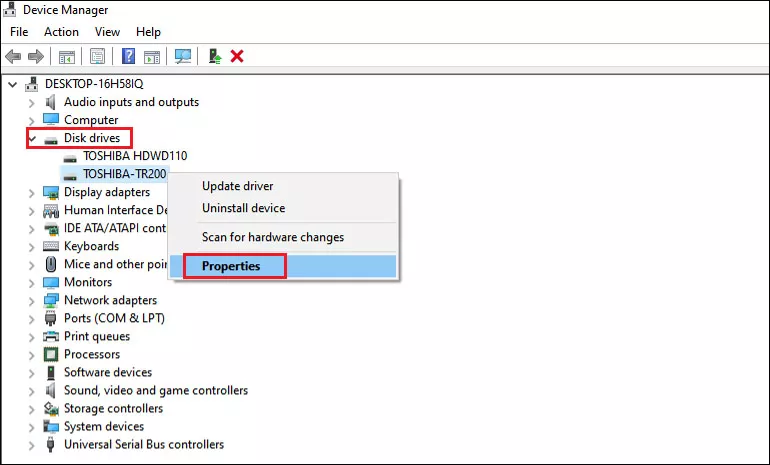
Step 3: Choose Details tab and select Hardware Ids from the drop down menu
In the below picture, TOSHIBA-TR200 is the name of the SSD and SBFA is the firmware version of the drive.
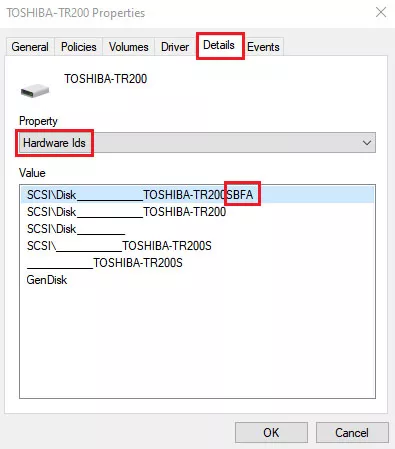
Step 4: Download Firmware update utility from the manufacturer website. Follow the installation guide provided by the manufacturer. The exact procedure varies according to the brand.
Here list some download addresses for a few firmware upgrade tools:
2. Update SSD driver
Step 1: Open Device Manager.
Step 2: Expand Disk drives and and select your SSD. Then right-click on it and choose Update driver.
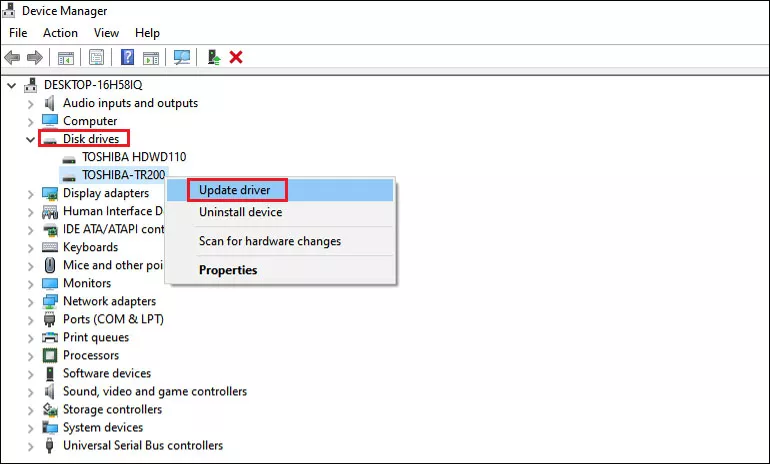
Step 3: Follow the on-screen instructions and restart your PC after finishing the process.
3. Run CHKDSK in PowerShell
Before running chkdsk command, you need to figure out the drive letter of your SSD.
Step 1: Press Ctrl+Shift+Esc to open Task Manager.
Step 2: Choose Performance tab and you can see the drive letter in the left side.

Step 3: Press Windows+X and select PowerShell (Admin) from the context menu.
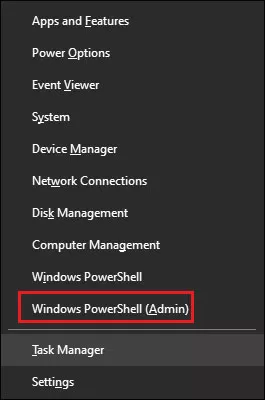
Step 4: Type chkdsk d: /f (replace letter "d" with the letter of your SSD drive) in the window and press Enter to run the command. Check one drive each time.
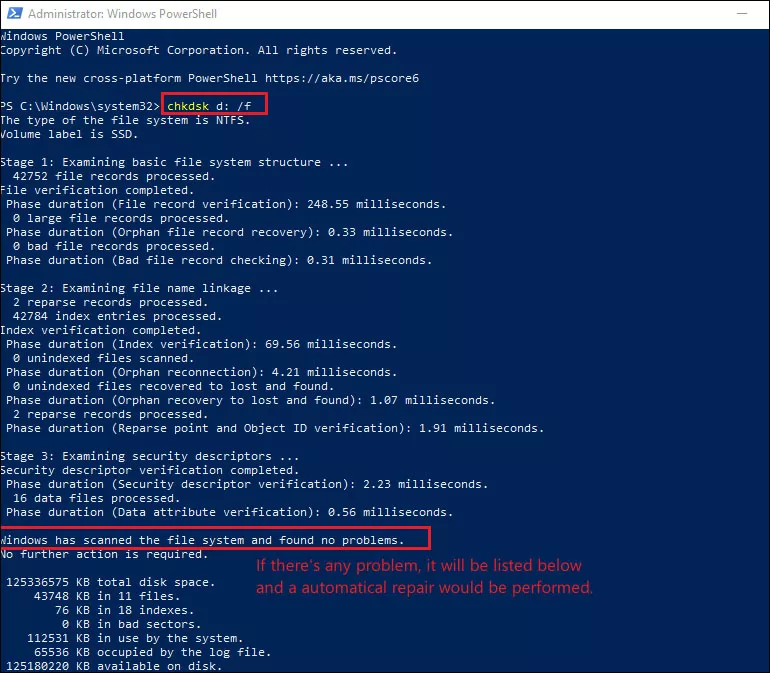
Step 5: When done, type exit and press Enter to close the window.


